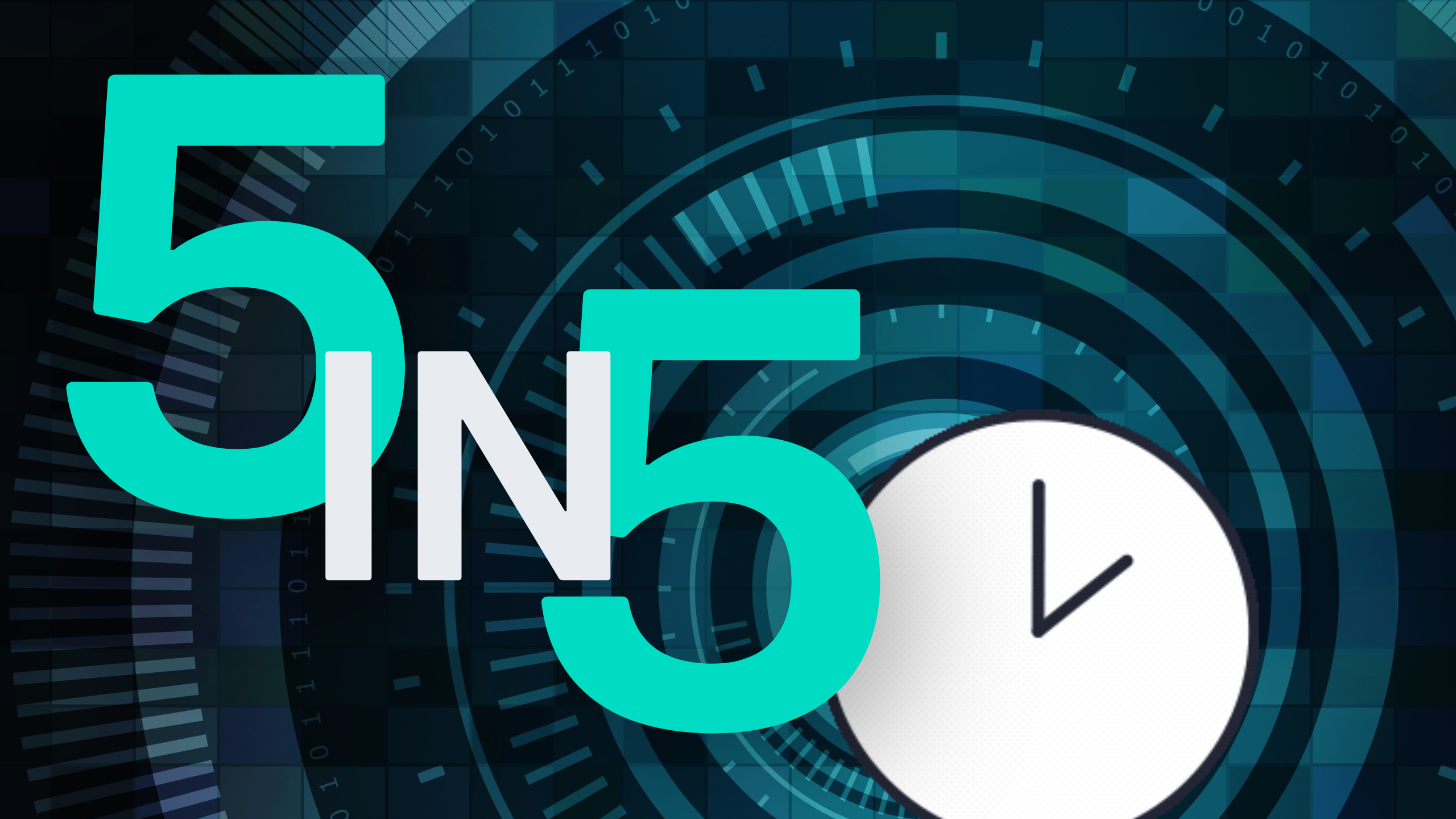
5 in 5: How to Use AI Responsibly
Learn key ethical questions agencies must ask to use AI responsibly in investigations.

May 16, 2024
Call Detail Records (CDRs) have long been invaluable tools for law enforcement professionals, providing crucial insights into communication patterns. However, there are several nontraditional ways to leverage CDRs that can enhance investigations and uncover hidden connections. Here’s a list of innovative methods to consider:
Utilize handset location information (PCMD, NELOS, Timing Advance) to create geo-fences around specific locations. By analyzing calls made within these boundaries during particular time frames, you can identify suspects, witnesses, or patterns related to criminal activities.
Employ advanced network analysis tools to map out relationships among suspects. CDRs can help identify mutual contacts, uncovering hidden connections and locations that might not be immediately apparent.
Study calling patterns and frequencies to identify unusual behavior. Sudden changes in call volumes or communication timings might indicate criminal activities or crime events.
Analyze call detail records over different time periods or crime events to identify recurring patterns. This can help identify gangs, robbery and burglary teams enabling law enforcement to get a complete picture of the group involved.
Track movements of suspects by analyzing call detail records alongside crime data and other identifying information. This method can help law enforcement identify is subjects were in crime hotspots and the routes they may utilize to flee the area.
Use call detail records to detect fraudulent activities, such as identity theft or financial scams. Analyze victims’ records to identify common or unique callers and numbers between victims, helping uncover fraudulent schemes before they escalate.
Revisit cold cases by reanalyzing historical call detail records with cutting edge technology. Advanced algorithms can uncover previously unnoticed sequences or communication patterns, breathing new life into unsolved cases.
In the digital age, call detail records offer a wealth of information beyond basic call logs. By adopting these nontraditional approaches, you can harness the power of CDRs to uncover hidden insights, predict criminal activities, and enhance overall public safety. Stay innovative, stay ahead, and continue leveraging technology to uphold the law and ensure justice prevails.
JTVCZ3Jhdml0eWZvcm0lMjBpZCUzRCUyMjElMjIlMjB0aXRsZSUzRCUyMmZhbHNlJTIyJTVE
Darryl Valinchus
Darryl Valinchus (SDS, Ret.) retired from the NYPD after almost 30 years of service. For the last 10 years of his career, he was assigned to the Intelligence Bureau, where he is largely credited with creating and developing the Analytical Programs Unit, which is responsible for coordination and implementation of the Bureau’s signals intelligence investigations and analysis for the City of New York’s terrorist investigations along with any high-profile cases. He has testified as an expert witness in over 56 criminal cases in communications records analysis and geospatial visualization of cellular location information in both New York Federal Districts and numerous New York State Courts and also has been recognized as an expert in the states of Iowa and Missouri.